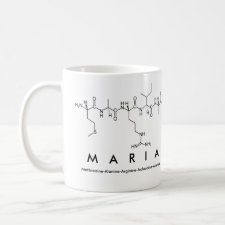
Authors: Pesavento M, D'Agostino G, Biesuz R, Alberti G, Profumo A
Article Title: Ion Selective Electrode for Dopamine Based on a Molecularly Imprinted Polymer.
Publication date: 2012
Journal: Electroanalysis
Volume: 24
Issue: (4)
Page numbers: 813-824.
DOI: 10.1002/elan.201100509
Abstract: An all-solid-state ISE for dopamine (DAHCl) has been developed based on a screen printed graphite electrode modified with a multiwalled carbon nanotubes layer as an ion to electron transducer. The selective membrane is an acrylic polymer molecularly imprinted with the ion of interest (MIP). The polymer is made up of methacrylic acid as functional monomer and ethyleneglycole dimethacrylate as cross linker. The polymerization at 75 °C in the presence of AIBN as initiator was carried out in situ, directly over the CNT-modified screen printed graphite. The specific site obtained after polymerization and template elution can be considered as the ionophore, and the carboxylic groups as the cation exchanger groups, similarly to the usual ISE membrane. The specificity of the electrode was evaluated by voltammetric methods, and was very good. The potential of the electrode, measured against a double junction Ag/AgCl/KCl (sat.), linearly increases with the dopamine concentration at concentration higher than 10-4 M, but only in salt solution at least 0.1 M. The sensibility was less than nernstian. Not any potential increase was found for the electrode modified with not imprinted polymer (NIP) at the same conditions. The effect of ions in solution was particularly considered
Template and target information: dopamine, DA, DA.HCl
Author keywords: Ion selective electrodes, All-solid-state ion selective electrodes, Potentiometric sensors, Molecularly imprinted polymers



Join the Society for Molecular Imprinting

New items RSS feed
Sign-up for e-mail updates:
Choose between receiving an occasional newsletter or more frequent e-mail alerts.
Click here to go to the sign-up page.
Is your name elemental or peptidic? Enter your name and find out by clicking either of the buttons below!
Other products you may like:
 MIPdatabase
MIPdatabase









